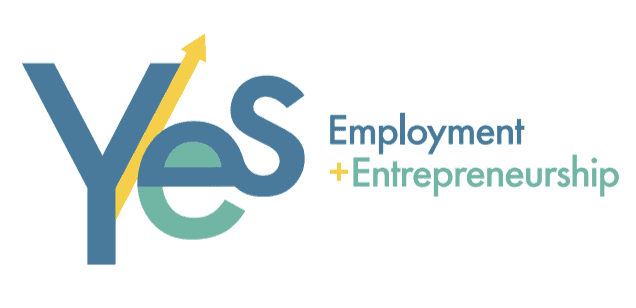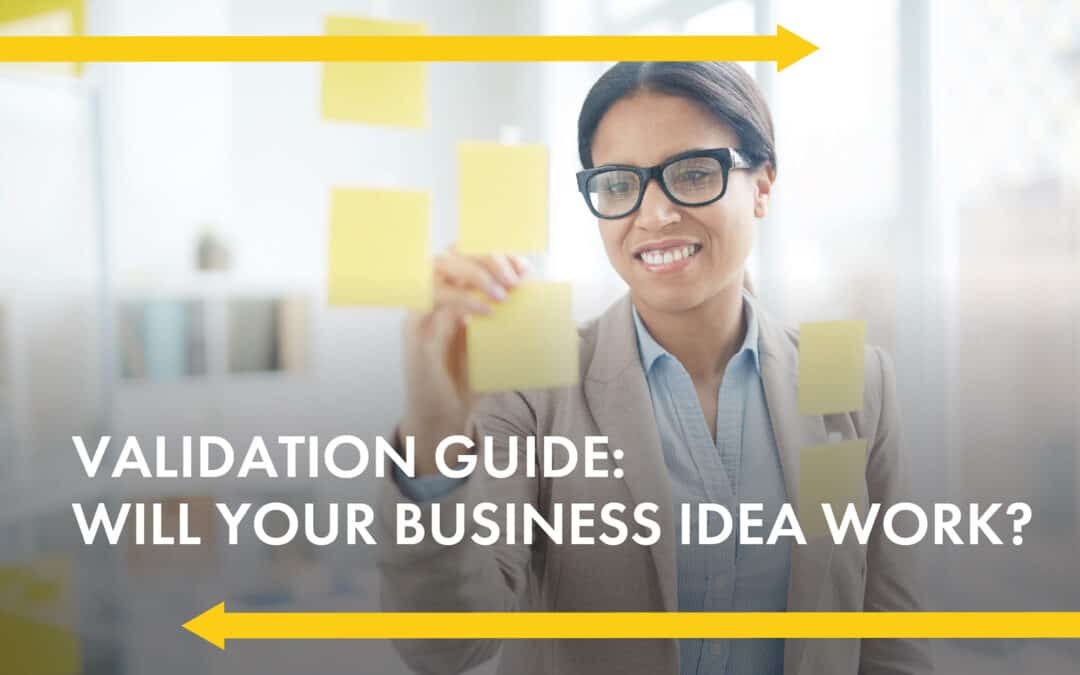Not quite sure about your business idea? Validation, the process of using channels like experimentation and user testing to learn more about your idea’s feasibility, can help guide you.
The Validation Process
Firstly, identify what you’re validating and set your goals by identifying the problem you’d like to solve and the core features of a valuable solution? Generate a business model and a pricing and revenue model to help you assess.
Next, map out your assumptions and categorize them into desirability, viability, and feasibility. Identifying your goals can also uncover your assumptions. Ask yourself: who’s my target audience? What assumptions have I made about them? Why is my product valuable? What sets it apart?
Consider:
- Desirability: If no one wants it, why make it?
- Viability: If the customer won’t pay for it who will?
- Feasibility: Can your product/service be implemented?
Prioritize your most critical assumptions and transform them into testable hypotheses. Separate out the assumptions that are critical to the functioning of your business and validate them ASAP.
A hypothesis is a testable statement—AKA, your best guess about what will happen in an experiment. It should take the form of a cause and effect “if… then…” statement and include a measurable target.
Then, design experiments to test your hypotheses using techniques such as customer interviews, test ad campaigns, feature sorting cards, and more.
Clarify your OMTM (one metric that matters), define your target audience, and outline what, exactly, would validate your hypothesis.
Now you’re ready to choose your experiments. Well-known techniques include:
- Picnic in the graveyard: Learn from past failed projects to harness existing lessons while avoiding the same mistakes.
- Customer interviews: Conduct short interviews composed of open-ended questions to help you better understand user context.
- Test ad campaign and landing page: Run a test ad campaign on social media to measure how efficiently you can communicate your message and to gauge interest. Create a landing page describing your business’ value proposition. Then, compare engagement rates using a tool like Google Analytics.
- Feature sorting cards: Gain insights about how your product/service features should be organized with sorting cards. Define a list of priority features and create cards corresponding to each. Then, find out what matters most to your customers by having focus groups sort the cards as they see fit.
Other experimental techniques you can use include crowdfunding platforms, pre-sales, mockups, and product simulations—to name a few.
In conclusion, the validation process is crucial for verifying the feasibility of your business idea and a YES Business Coach can assist you throughout the process. Whatever technique(s) you choose, know that you’re doing your potential business a great service by educating yourself before you launch!
Contact us for more information.

